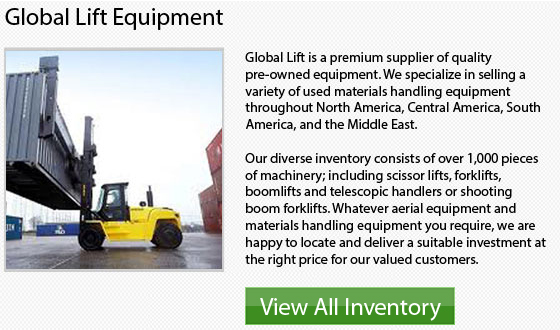
Lift trucks function by carrying their load on forks which are located in front of the carrier. These forks point outwards, away from the cab of the machine. Sometimes, the cargo could obstruct the field of vision of the operator. For this case, forklifts have rear control steering to enable the unit to be driven backwards whilst lifting a load.
The forklift's front wheels bear the burden of the machine's load. There are 2 forks that stick out from the front of the forklift. These forks can be raised and lowered. Additionally, the forks are capable of being tilted upwards or downwards as per the requirement.
Hydraulic cylinders apply pressure on the bar that slackens or pulls the roller chains, resulting in the fork's movements. Once a lift truck is loaded, the front wheels take on all of the weight. The counterweight on board would balance the forklift's weight. This is really vital or else the machine would tip over.
Why utilize Propane for Forklifts?
The onboard propane tanks are used to hold the propane fuel. These tanks can hold enough propane to run the machine for roughly 8 continuous hours. When empty, these tanks could be removed easily and taken to a facility to be refilled or replaced.
It is important to note that in the case of CNG-powered forklifts, replenishing CNG consumes some time and this time needs to be taken into account. Liquid Propane Gas or LPG engines work at a lower temperature compared to CNG. In case of electric-powered lift trucks, it is necessary to allow the batteries time to cool down and then to recharge. This process could take approximately 8 to 9 hours. When charged, the batteries last roughly 3 to 6 hours, depending on how the machine is utilized and the heaviness of the loads being handled. Like for instance, a 33 pound steel tank can hold approximately 8 gallons of propane; this amount of fuel should be enough to finish a task and potentially much more.
There are many different forklifts and fuel sources to operate various models. It is best to know the kind of working environment you would be operating in, whether inside or outside, along with the specific applications you would be using the machine for. When you take time to figure out the specifics of your particular needs, you could choose a forklift that would accomplish its duties and provide you with maximum effectiveness.